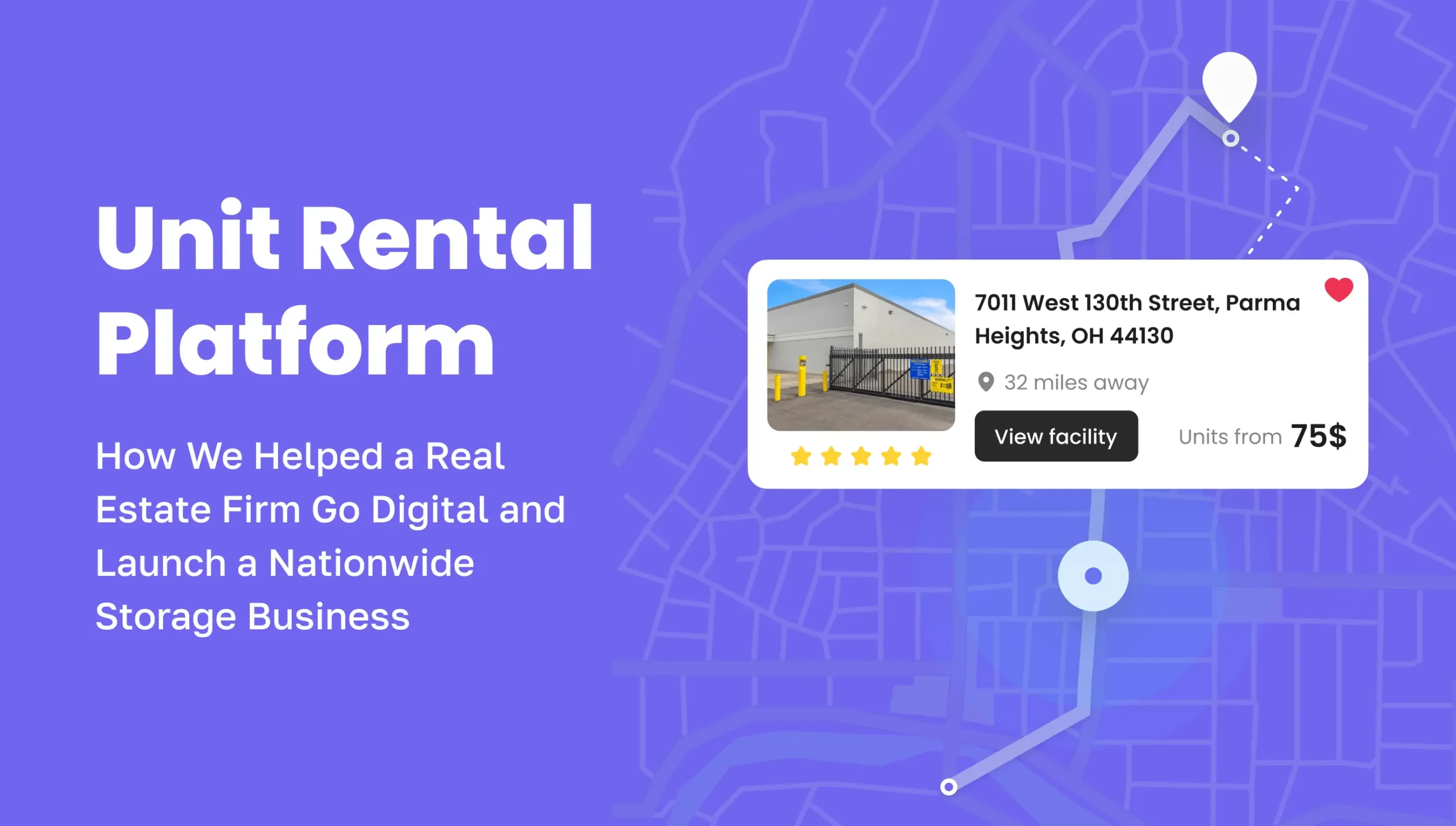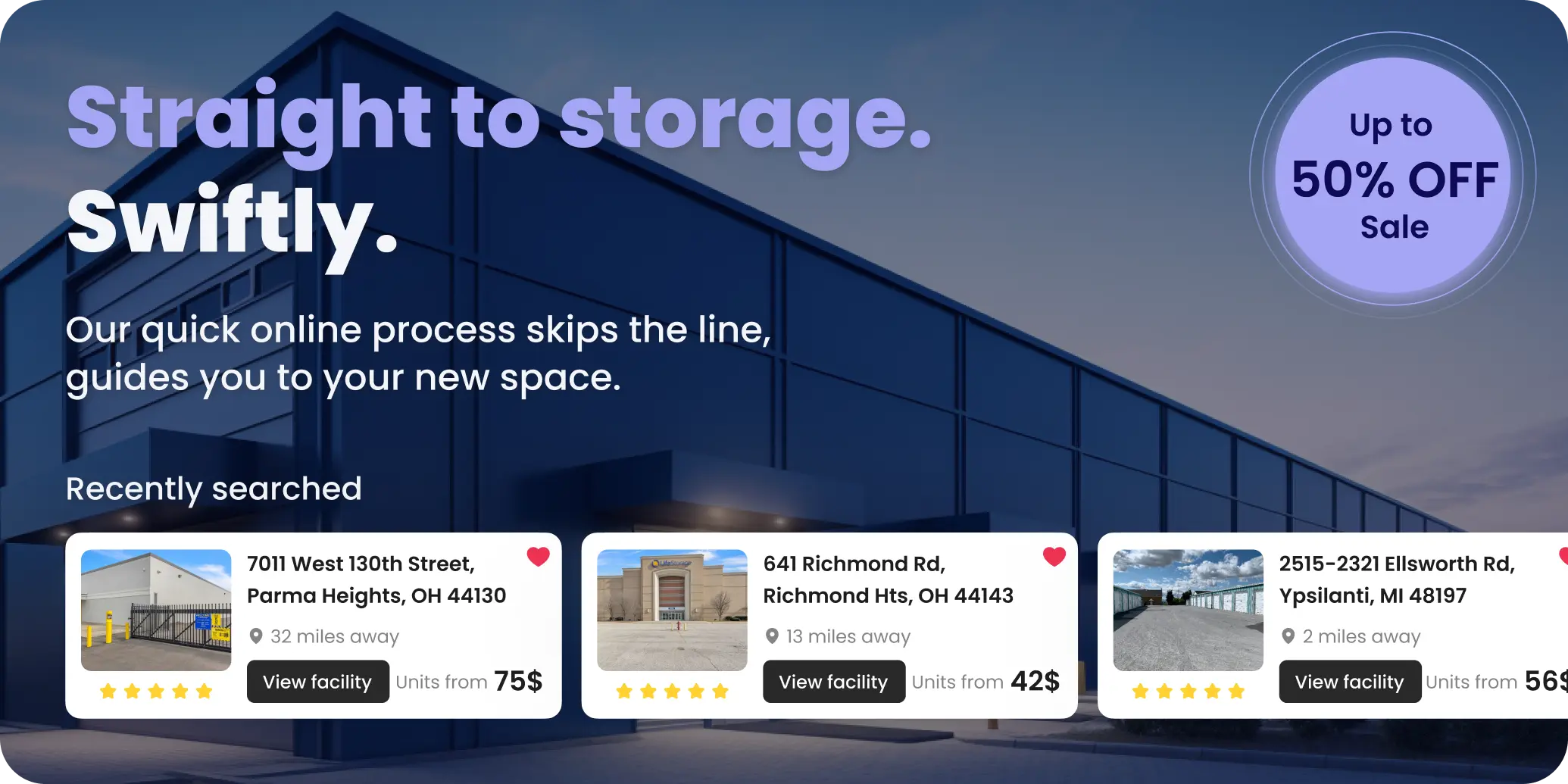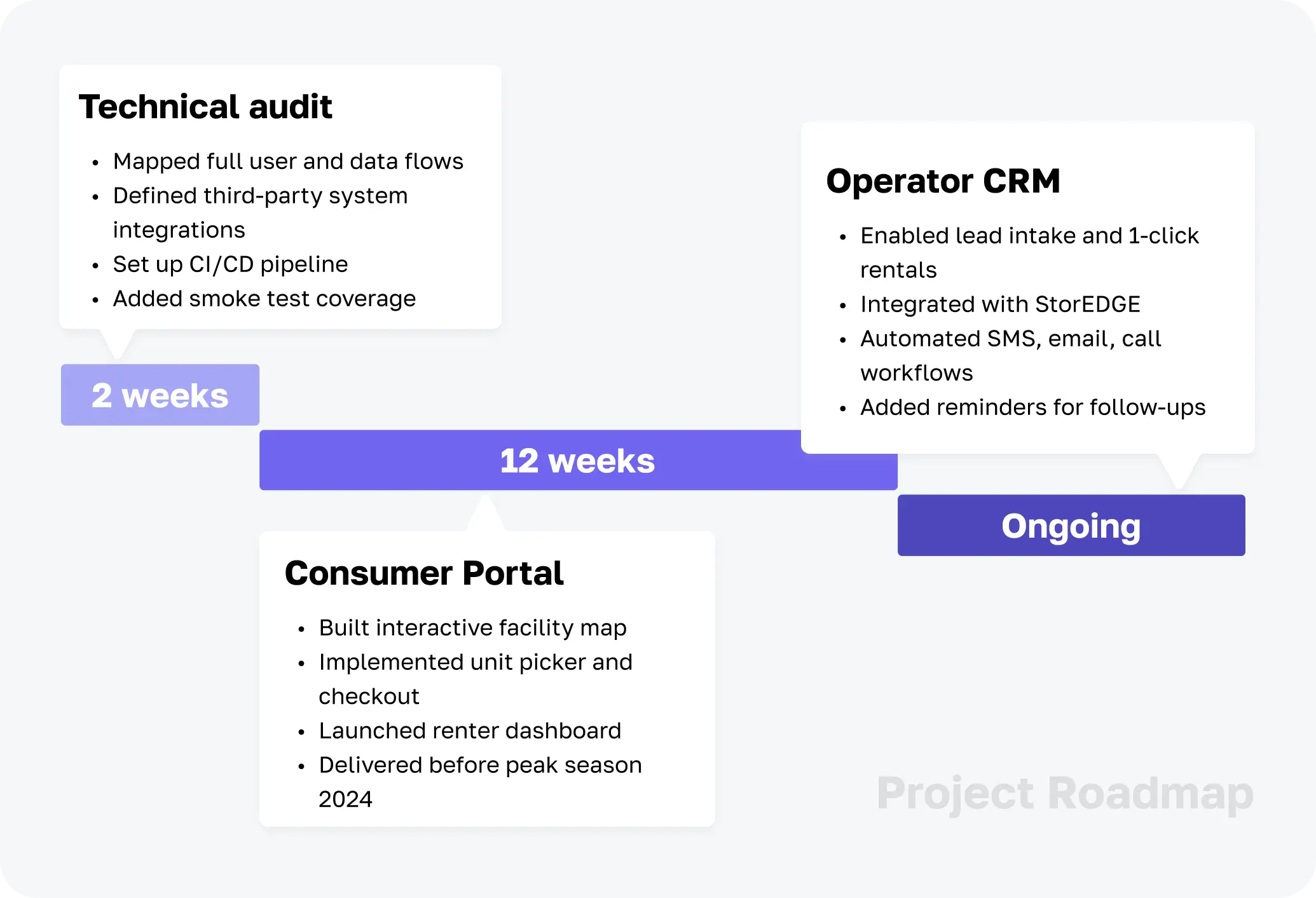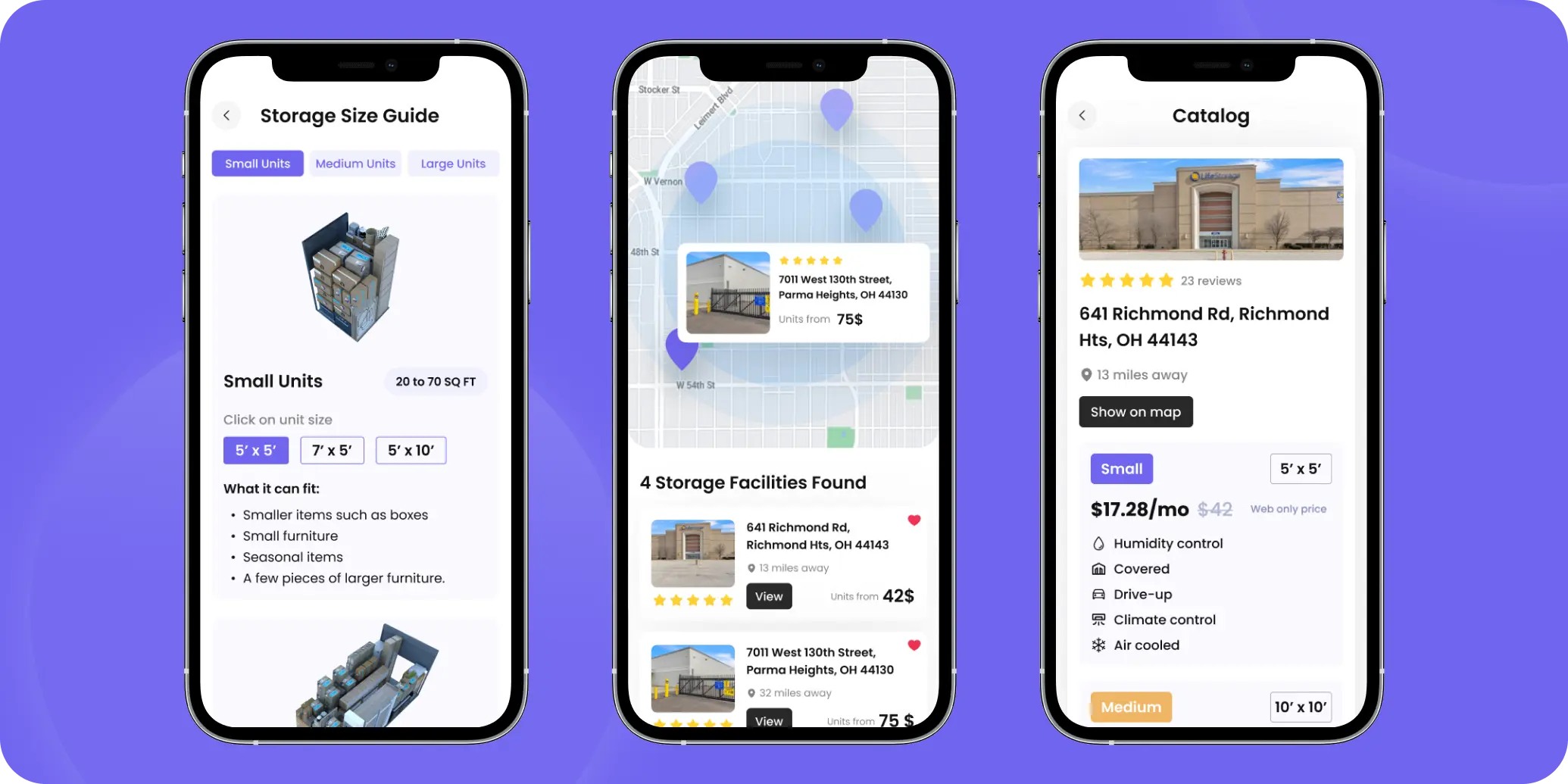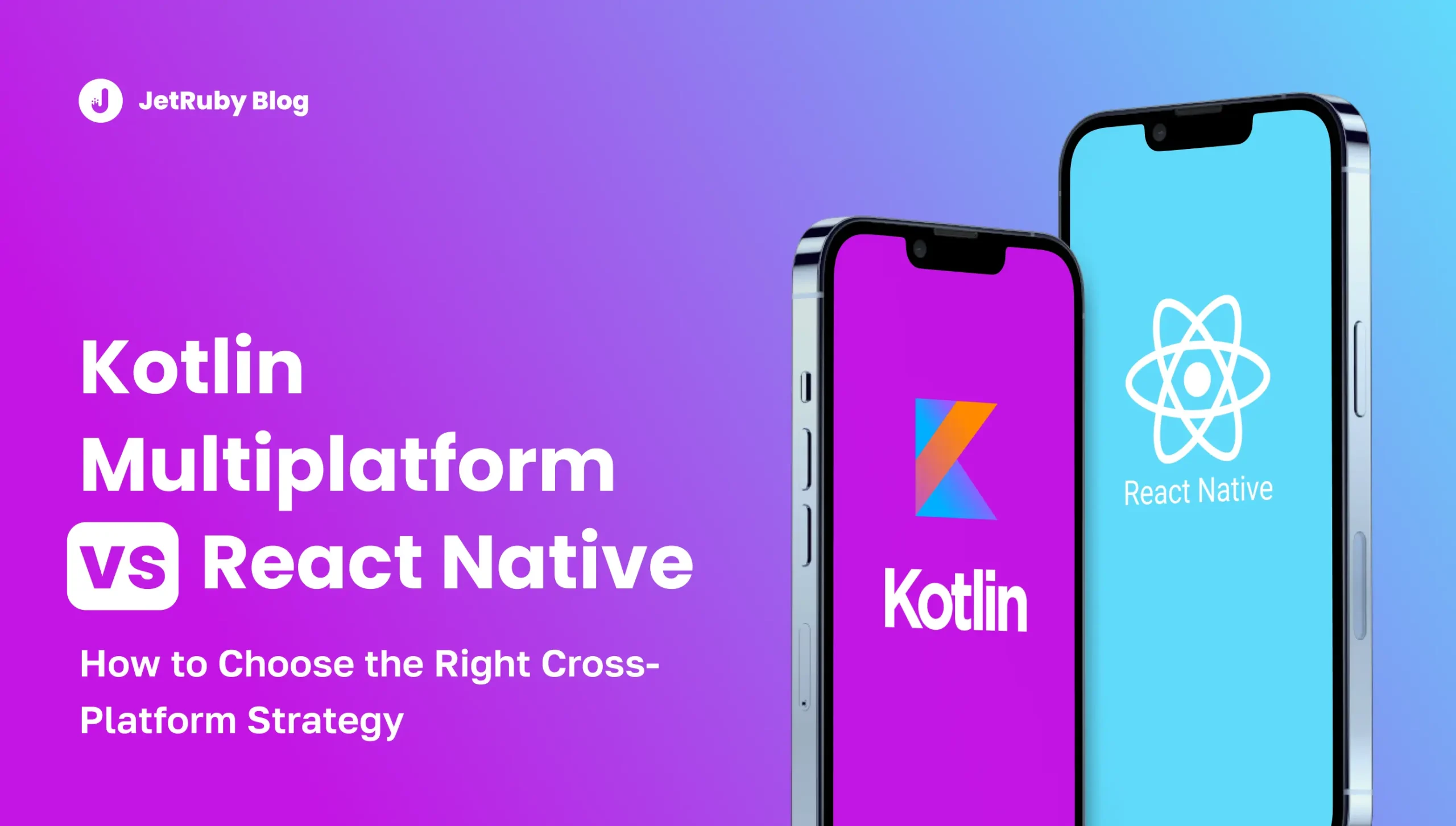Table of Contents
In the U.S., self-storage is a $44 billion industry that continues to grow. Americans rent millions of storage units each year to house personal items, seasonal gear, and everything in between.
Yet, for most users, the rental process is clunky, with outdated portals, unclear pricing, and frustrating delays.
Our Client, a prominent real estate developer, saw this as an opportunity.
With more than 20 properties across the country, they decided to enter the storage market with a digital-first approach, launching a brand-new Unit Rental platform.
But there was one problem: they didn’t have an in-house tech team.
The Challenge: Going Digital With No Developers
Our Partner’s CTO is a Ruby on Rails expert — but he needed a trusted development partner who spoke his language, worked transparently, and had deep RoR expertise.
That’s where JetRuby came in.
From day one, we formed a tight collaboration. Our Lead Ruby Developer and the client’s CTO communicated seamlessly, shared ideas, and aligned on architecture. This strong technical rapport became a basis of the project — and a key reason why the client stayed with us.
The mission:
Build a fast, intuitive web interface that lets everyday customers:
- Browse available storage units near them,
- Compare by price, size, and availability,
- Reserve and rent units online,
- Pay directly from the platform.
And behind the scenes, the system had to sync with third-party services like StorEDGE and Customer.io — all while handling legacy insurance APIs that hadn’t seen an update in years.
Building Unit Rental Platform: From Zero to Platform in 6 Months
Zero Sprint & Discovery:
We started with a 2 week DnD (Design & Discovery) sprint to map the product vision, clarify scope, define user flows, and integrate feedback from the CTO. Together, we aligned on architecture and third-party integrations, including outdated XML-based APIs that required careful handling.
Consumer MVP: Browse, Rent, Pay:
The first delivery was a consumer-facing MVP, completed in just 12 weeks.
Key features included:
- Interactive facility map,
- Unit selection with availability filters,
- Step-by-step rental flow,
- Secure payment integration,
- Personal account with rental management tools.
The frontend was built with Hotwire (Stimulus + Turbo) and styled with Tailwind CSS. The backend ran on Ruby on Rails, supported by PostgreSQL and Redis.
We used the JetRuby Flow methodology, with agile sprints, biweekly demos, CI/CD, and comprehensive documentation to support long-term platform ownership.
Expanding the Vision: Operator CRM
After launching the MVP, Our Client needed an internal system to support their storage operations across 20+ facilities.
We built a custom CRM from the ground up:
- Lead management and intake (including orphan leads),
- One-click unit reservations and rentals,
- Integration with StorEDGE for real-time data sync,
- Tools for operators to call, email, and soon SMS customers,
- Follow-up workflows with automatic reminders,
- Admin dashboard and performance tracking,
- Debt management and overdue alerts.
To make this possible, we scaled the team to 9 people:
PM, Business Analyst, Backend and Hotwire Developers, QA Engineers, DevOps, and a UI/UX designer.
The CRM entered production in mid 2025 and is now used daily to manage rentals, communication, and reporting across the network.
Overcoming Roadblocks
Legacy APIs:
Some third-party APIs, particularly for insurance and protection plans, were outdated, under-documented, and prone to failure. We built robust failover logic and created detailed internal docs to make integration predictable and safe.
Unstable MVP Post-Launch:
After the consumer app went live, a wave of edge-case bugs surfaced from real users. We responded with rapid hotfixes and regression testing by improving QA coverage and reinforcing our test automation suite.
Results: A Stable, Scalable Platform for Nationwide Storage
Today, the Unit Rental Platform lets consumers reserve and pay for units from any device, while operators manage everything through a centralized CRM.
- 20+ facilities onboarded
- Zero downtime during consumer rollout
- CRM in full use by multiple operator teams
- Full documentation for handover and expansion
- SLA-based support in progress
The Ruby-based codebase is clean, documented, and ready to scale, giving Our Partner the freedom to grow the Unit Rental Platform without technical friction.
